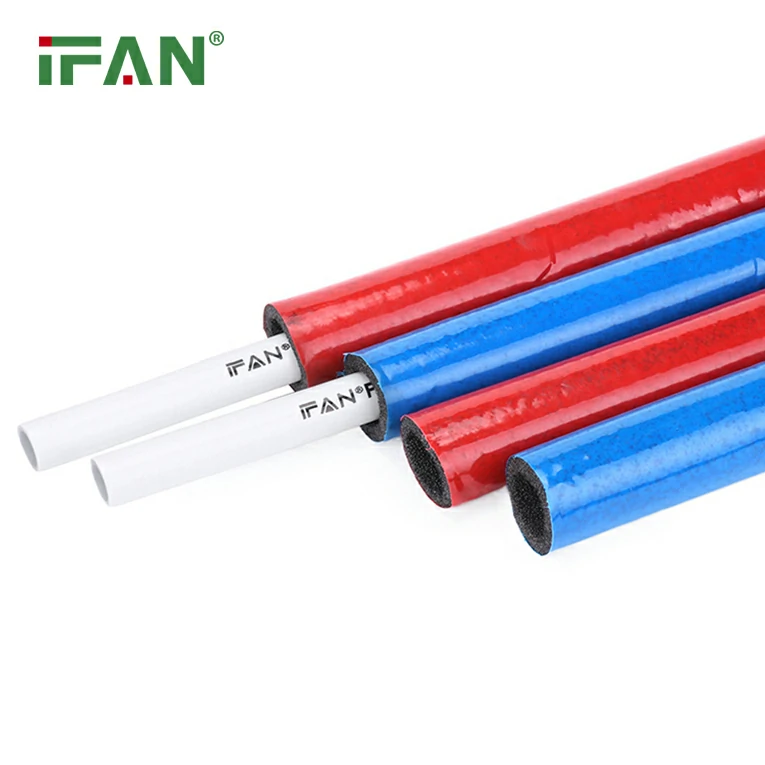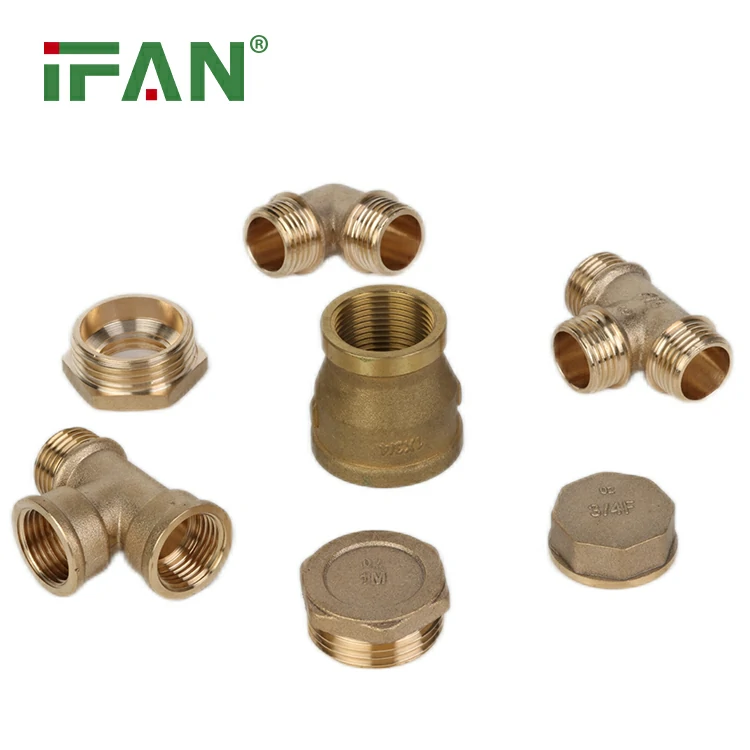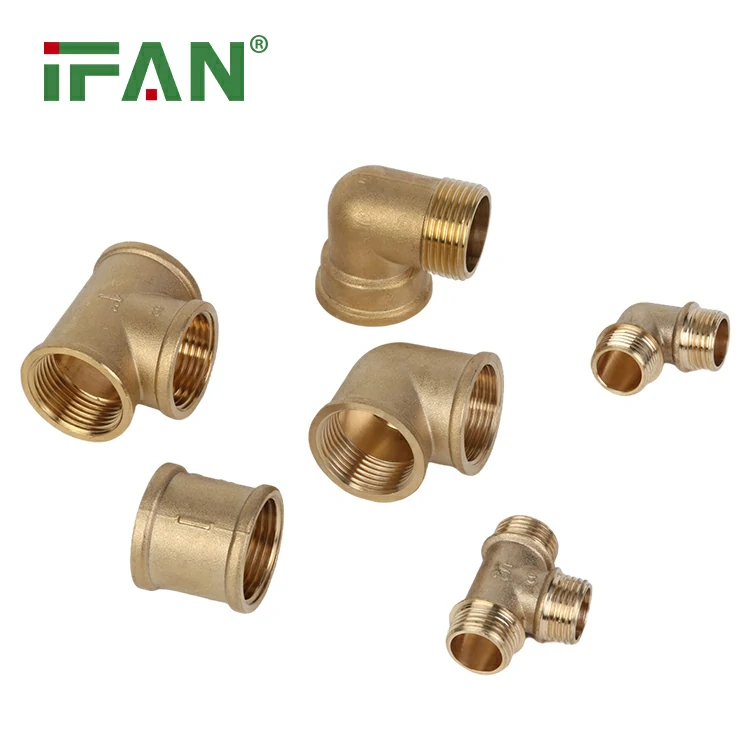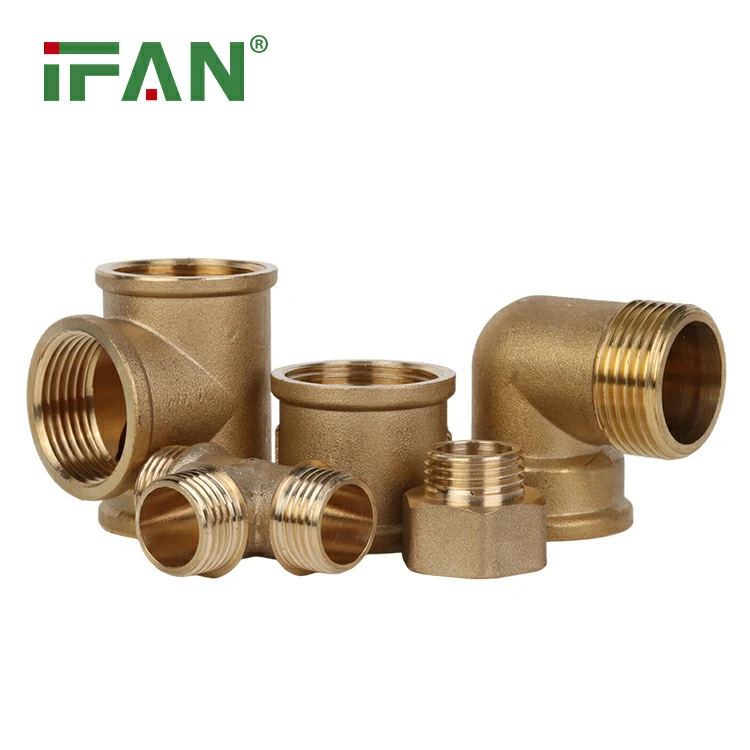When it comes to plumbing in cottages, cabins, and even residential homes, one of the most critical decisions revolves around selecting the right type of piping. Two popular options are PEX (cross-linked polyethylene) pipes and traditional copper pipes. Each material has its own unique properties, advantages, and drawbacks. This article will explore the key differences, benefits, and considerations of using PEX pipes versus copper pipes to help you make an informed decision for your plumbing needs.

Understanding PEX and Copper Pipes
What is PEX Pipe?
PEX pipes are made from cross-linked polyethylene, a type of plastic that offers flexibility and durability. They have gained popularity in residential and cottage plumbing systems due to their ease of installation and numerous advantages, such as resistance to scale and chlorine, reduced noise, and lower installation costs.
What is Copper Pipe?
Copper pipes have been used in plumbing systems for decades and are known for their durability and longevity. They are available in various grades (Type K, L, M) based on wall thickness. Copper pipes are resistant to corrosion and have antimicrobial properties, making them a reliable choice for drinking water systems.
Advantages of PEX Pipes
1. Flexibility and Ease of Installation
PEX pipes are incredibly flexible, allowing for bends and curves without the need for fittings. This flexibility makes them easier to install, especially in tight spaces or complex plumbing layouts. They can be snaked into walls and other areas, significantly reducing installation time and labor costs.
2. Corrosion Resistance
PEX is resistant to corrosion, meaning it won’t rust or suffer from mineral buildup like copper pipes can. This property not only improves the lifespan of the plumbing system but also helps maintain water quality and flow rates.
3. Insulation Properties
PEX pipes have lower thermal conductivity than copper, which helps retain the temperature of hot water and prevents heat loss. This thermal insulation can lead to energy savings in heating systems.
4. Noise Reduction
Plastic pipes like PEX absorb sound much better than metal pipes, minimizing the noise associated with water flow.
5. Lower Cost
Generally, PEX piping and installation can be less expensive compared to copper. The materials are cheaper, and the simplified installation process reduces labor costs.
Advantages of Copper Pipes
1. Durability
Copper pipes are known for their strength and longevity. They can last over 50 years when properly installed and maintained, outlasting many other types of piping materials.
2. Antimicrobial Properties
Copper has natural antimicrobial properties, which can reduce the risk of bacteria and other pathogens in plumbing systems, making it safer for drinking water.
3. High Tolerance to Temperature
Copper pipes can withstand high temperatures without deforming, making them suitable for hot water applications.
4. Recyclable
Copper is a recyclable material, which can be a consideration for environmentally-conscious homeowners.
5. Resistance to Fire
Copper is non-combustible and can withstand fire, contributing to overall safety in plumbing installations.
Key Differences Between PEX and Copper Pipes
1. Material Type
- PEX: Plastic, flexible, and resistant to corrosion.
- Copper: Metal, rigid, and strong but susceptible to corrosion.
2. Installation Process
- PEX: Quick and easy installation with fewer fittings required. Can be installed without soldering.
- Copper: Requires soldering or crimping for connections, making it more labor-intensive and time-consuming to install.
3. Cost
- PEX: Generally cheaper in terms of both material and labor cost.
- Copper: More expensive due to material costs and the need for skilled labor for installation.
4. Lifespan
- PEX: Expected lifespan of around 25-30 years, depending on environmental factors and installation.
- Copper: Can last upwards of 50 years or more with proper maintenance.
5. Temperature Tolerance
- PEX: Can handle a range of temperatures but may degrade in direct sunlight or extreme conditions.
- Copper: Excellent temperature tolerance; suitable for high-temperature applications.
Considerations for Choosing Between PEX and Copper
When deciding between PEX and copper pipes for your cottage or residential plumbing system, consider the following factors:
1. Budget
If you are working within a strict budget, PEX may be the better choice due to lower material and installation costs.
2. Installation Environment
For tight spaces or complex plumbing layouts, the flexibility of PEX can save time and effort. Conversely, in applications requiring high durability, like in exposed or outdoor areas, copper might be more suitable.
3. Local Code Regulations
Check local building codes and regulations; some areas may have specific requirements regarding plumbing materials, especially for potable water systems.
4. Long-Term Investment
If you plan to stay in your home or cottage for the long term, consider the lifespan and durability of the materials. Copper pipes may require a larger upfront investment but can be more beneficial in the long run.
5. Environmental Impact
Consider the environmental implications of each type of piping. While both materials have their environmental footprint, copper is recyclable, whereas PEX is a plastic that doesn’t have as many options for recycling.
Frequently Asked Questions (FAQs)
1. Is PEX pipe safe for drinking water?
Yes, PEX pipe is safe for drinking water when manufactured and installed according to local codes and standards. Look for products certified by organizations like NSF International.
2. Can PEX pipes freeze?
While PEX is more resistant to freezing than copper, they can still freeze in extremely cold conditions. Proper insulation and installation practices can mitigate the risk.
3. What is the lifespan of PEX pipes?
PEX pipes typically have a lifespan of 25-30 years, depending on environmental conditions and maintenance.
4. Are there any downsides to using PEX?
One potential downside of PEX is that it can be damaged by UV light and should not be used in areas exposed to direct sunlight without adequate protection.
5. Is copper plumbing worth the cost?
Copper plumbing can offer long-term durability and safety due to its antimicrobial properties, but the cost may be higher compared to PEX. Consider your budget and how long you plan to stay in your home.
Conclusion
Choosing between PEX pipes and copper pipes ultimately depends on your specific needs, budget, and long-term plans for your cottage or plumbing system. PEX pipes offer cost savings and flexibility, making them an excellent choice for many applications. However, copper pipes provide unmatched durability and safety benefits that may make them worth the investment for some homeowners. By weighing the advantages and examining your personal requirements, you can make an informed decision that best suits your plumbing needs.






